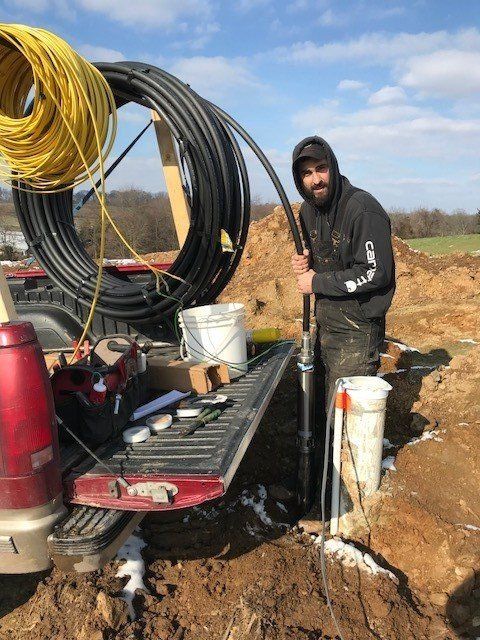
Efficient Well Pump Care: Essential Maintenance Tips
Maintaining a well pump is crucial for ensuring a reliable and efficient water supply for your home. In this comprehensive guide, we’ll explore essential maintenance tips to keep your well pump in optimal condition, providing you with a steady and uninterrupted water source.
Understanding Your Well Pump System
Before diving into maintenance, it’s essential to understand the components of your well pump system. Know the type of pump you have—submersible or jet—and be familiar with the pressure tank, control box, and other associated elements. This knowledge forms the foundation for effective maintenance practices.
Regular Inspection for Signs of Wear
Performing regular inspections is the cornerstone of well pump maintenance. Look for signs of wear, corrosion, or leaks in the pump, pipes, and fittings. Check the pressure gauge and pressure switch for accurate readings. Any deviations from normal operation should prompt further investigation and necessary repairs.
Checking Water Quality and Quantity
Monitor the quality and quantity of water from your well. Changes in water color, taste, or odor can indicate potential issues. Measure the water flow rate to ensure it meets your household needs. Any drastic changes might signify problems with the well pump or the well itself, requiring prompt attention.
Inspecting and Cleaning the Pump Screen
The pump screen prevents debris from entering the pump and causing damage. Regularly inspect and clean the pump screen to ensure unobstructed water flow. If the screen is clogged, it can lead to reduced pump efficiency and potential damage. Clean the screen as part of routine maintenance to avoid such issues.
Testing the Pressure Switch
The pressure switch plays a crucial role in controlling the well pump’s operation. Periodically test the pressure switch to ensure it turns the pump on and off at the correct pressure levels. Adjust the switch if necessary, following manufacturer guidelines. A properly functioning pressure switch contributes to energy efficiency and prolongs pump life.
Flushing and Disinfecting the Well
To maintain water quality, periodically flush and disinfect the well. This helps remove sediment, bacteria, and other contaminants that may accumulate over time. Consult local health department guidelines for recommended disinfection methods and frequencies based on your well’s usage and water quality.
Lubricating Moving Parts
Well pumps have moving parts that require proper lubrication to reduce friction and wear. Refer to the manufacturer’s recommendations for lubricating pump components. Over-lubrication can be as detrimental as insufficient lubrication, so follow guidelines carefully to ensure optimal pump performance.
Inspecting Electrical Components
For electric well pumps, inspect all electrical components regularly. Check wiring, connections, and the control box for any signs of damage, wear, or overheating. Tighten loose connections and replace any damaged components promptly. Electrical issues can lead to pump failure, making this step crucial for overall well pump health.
Monitoring Well Pump Performance
Utilize the information provided by the well pump’s pressure gauge and control box to monitor its performance. Sudden changes in pressure, unusual sounds, or frequent cycling may indicate underlying issues. Keep a record of pump cycles and pressure readings to detect patterns that could signal potential problems.
Scheduling Professional Maintenance
While many maintenance tasks can be performed by homeowners, scheduling periodic professional maintenance is advisable. Well pump professionals have the expertise to conduct in-depth inspections, tests, and adjustments. A professional can identify and address issues before they escalate, ensuring the longevity and efficiency of your well pump.
Investing in Upgrades and Modernization
As technology advances, consider upgrading your well pump system for improved efficiency and performance. Modern pumps often come with energy-saving features and advanced controls. Upgrading may lead to long-term cost savings and a more reliable water supply.
By following these essential maintenance tips, you can ensure your well pump operates efficiently, providing a consistent and reliable water source for your home. Regular attention to your well pump’s condition is an investment in the longevity of your water supply system.
For more information on well pump maintenance and water system care, visit maintain a well pump. Explore additional tips and resources to keep your well pump in optimal condition, ensuring a steady and uninterrupted water supply for your home.


